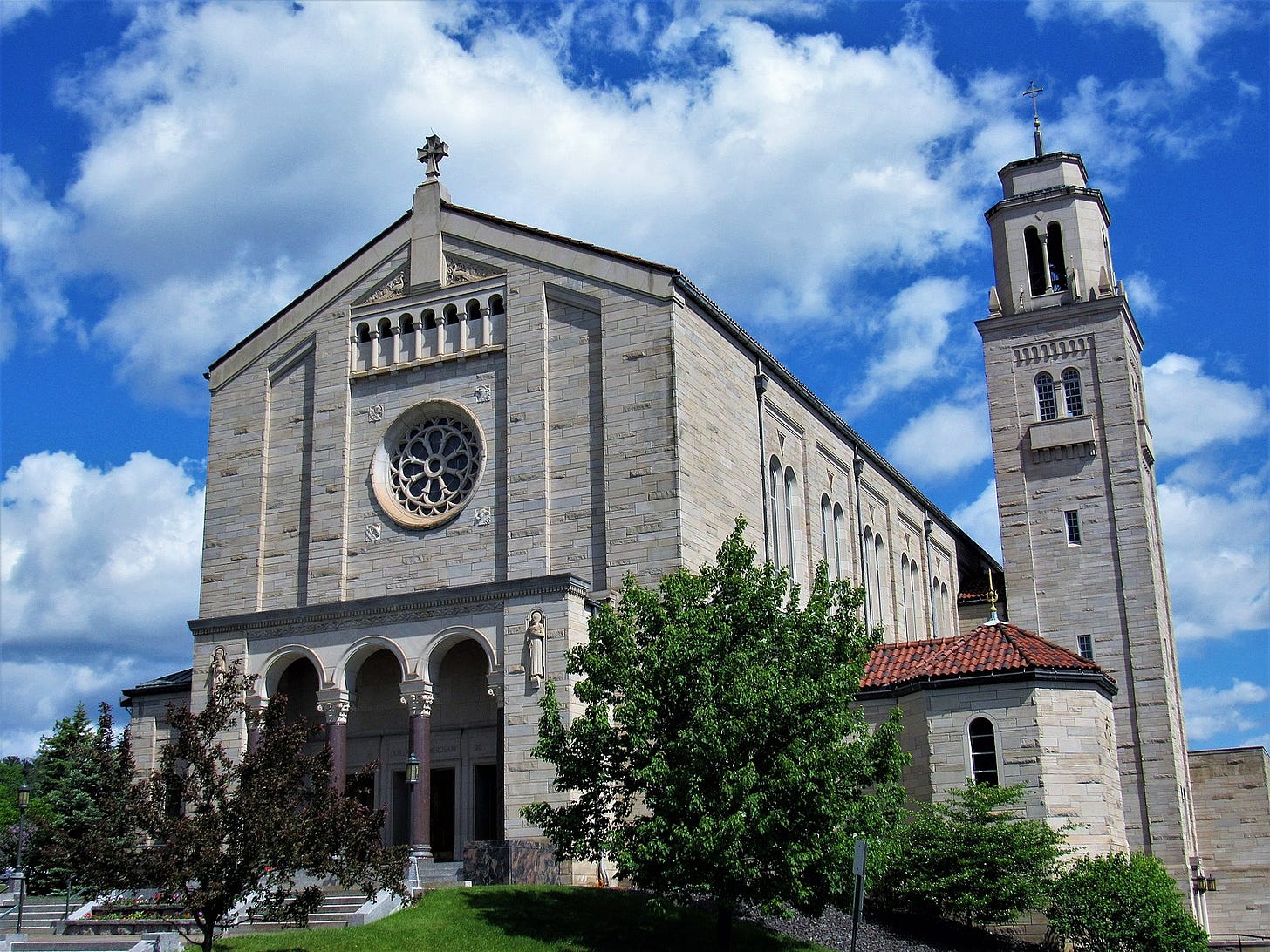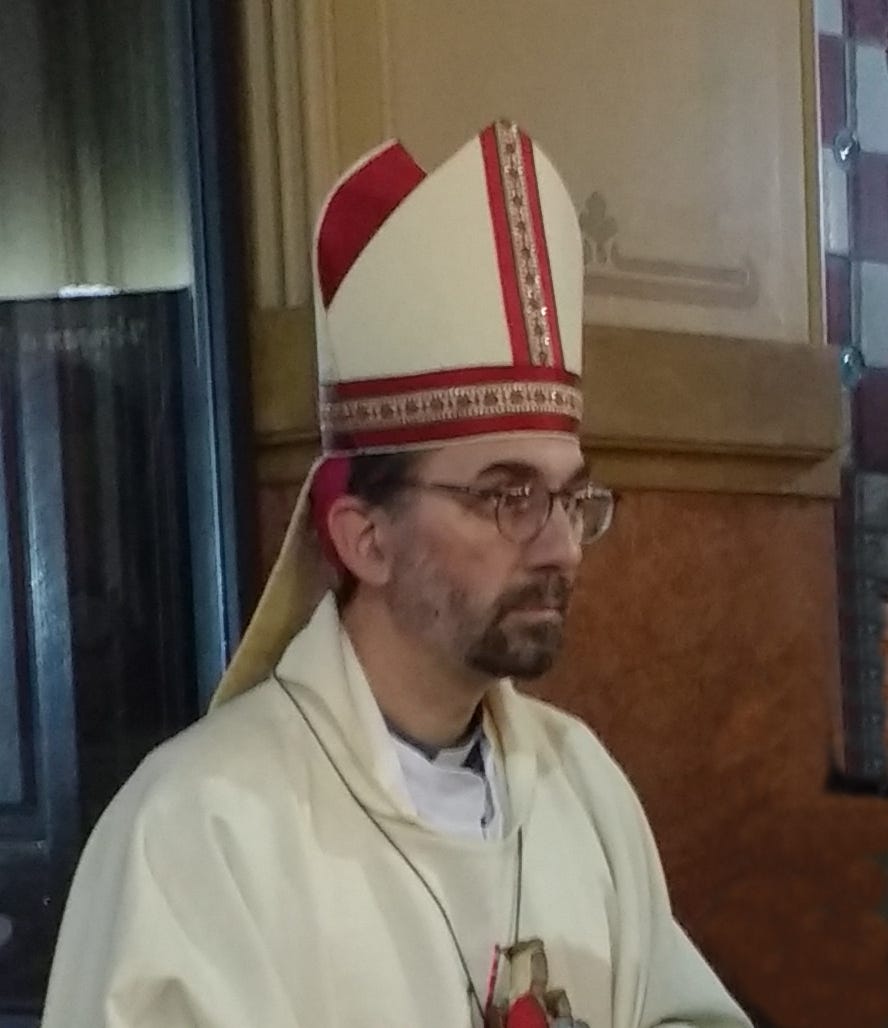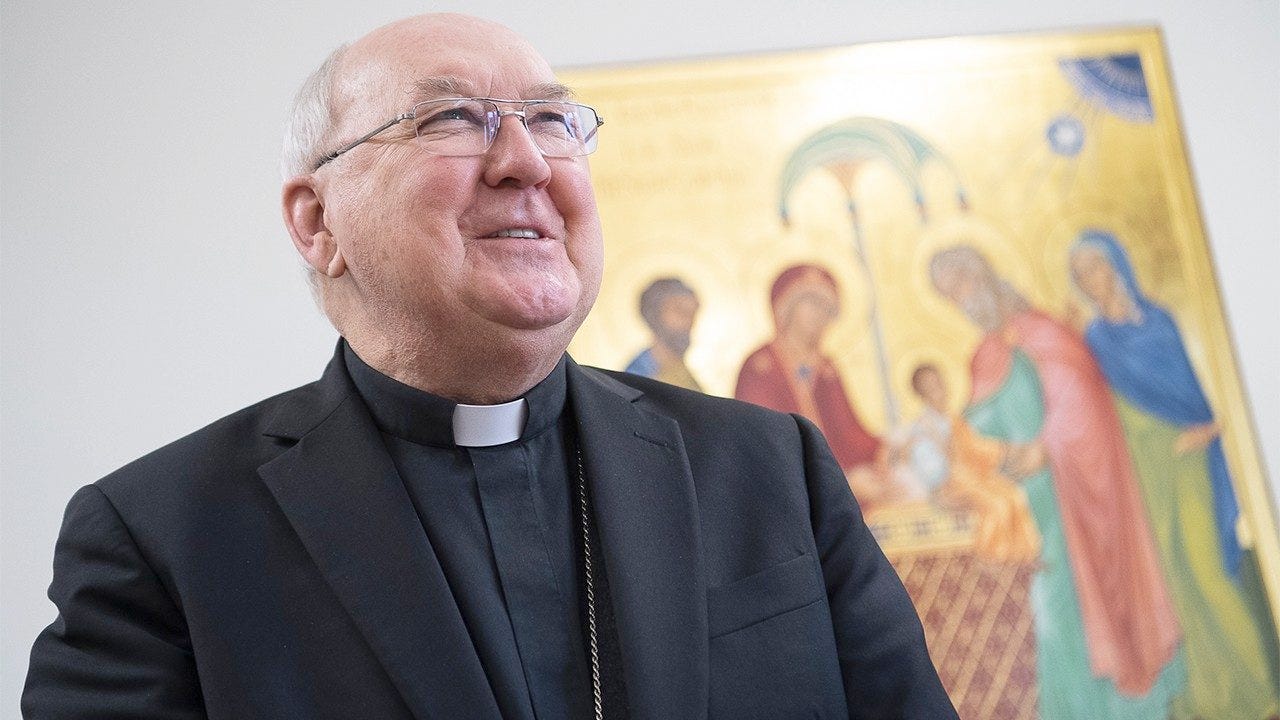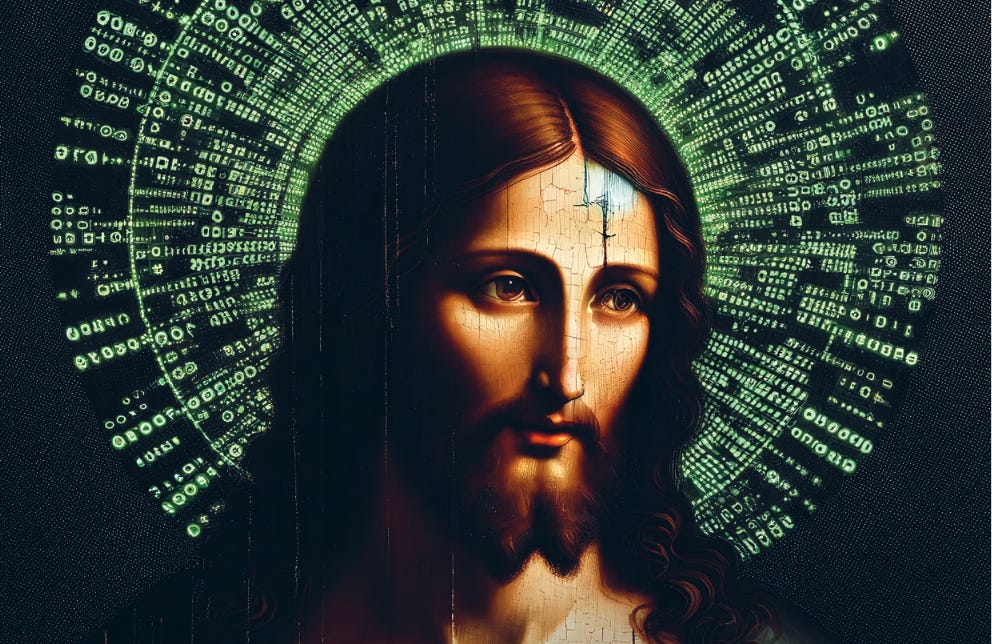For the second time in less than a year, the Diocese of Duluth celebrated on Wednesday the appointment of a new bishop. This time, Duluth Catholics are probably hoping the appointment sticks.
But filling Duluth’s episcopal vacancy was a process that lasted nearly 17 months, pointing to questions about the process for appointing new bishops in the United States, and about whether dioceses, like parishes across the country, might soon begin to merge.
The April 7 appointment of Fr. Dan Felton as the tenth bishop to the small Minnesota Diocese of Duluth came after unusual circumstances. Felton was the second priest named to the job, which became vacant after the December 2019 death of Bishop Paul Sirba. The first nominee, Fr. Michael Mulloy, had to withdraw his name in September 2020, shortly before he was scheduled to be installed, because of credible child abuse allegations against him.
Those circumstances help explain why it took nearly a year and a half for Duluth to get a bishop. But there are two other vacant dioceses in the U.S. right now: Gaylord, Michigan and New Ulm, Minnesota— New Ulm has been waiting more than six months for its new bishop, and Gaylord more than a year. Eleven other Latin Catholic dioceses in the U.S. are led right now by bishops past the customary retirement age of 75; the oldest is 77. And in six other such dioceses, the diocesan bishop is 74, within a year of submitting his resignation to Pope Francis.
By Easter 2022, the Holy See will have become responsible for filling 19 U.S. dioceses waiting for a new bishop.
The unique challenge for the Congregation for Bishops, several Vatican sources have told The Pillar, is that an increasing number of priests feel comfortable declining an invitation to become a bishop, a decision that was far more uncommon until recently. And bishops already leading dioceses have also grown more comfortable declining appointments to new dioceses.
Diocesan bishops face a growing spectrum of challenges in the U.S.: dealing with the internal ecclesiastical fallout from the 2018 McCarrick scandal, addressing declining religious participation in the U.S., declining diocesan revenues and expensive upkeep and administrative obligations, a scrutinous public spotlight, and the challenges of legal and political environments perceived to be increasingly hostile to the work of Catholic education, charity, and evangelization.
Those factors have played a role in recent efforts to fill the Diocese of Duluth, sources have told The Pillar, as well as the Diocese of Helena, Montana, which was vacant 20 months before being filled, along with the Diocese of Buffalo, which was vacant for a year.
If it remains difficult to find willing candidates for the episcopacy, dioceses may find it increasingly common to wait considerably more than a year for the appointment of a new bishop. And of course, backlogs have a way of growing exponentially.
The challenge of filling vacant sees points to broader challenges for the Church, among them a contracting Catholic population in some parts of the country, and declining religious practices in nearly all parts. Those realities may suggest to the Holy See a move which some U.S. bishops have been quietly suggesting to Rome for quite some time: more frequent consideration of diocesan mergers.
Since 1980, the Catholic population of the Diocese of Duluth, which was given a bishop this week, has declined by more than half: there are now fewer than 50,000 Catholics in the Duluth diocese. In the other vacant Minnesota diocese, New Ulm, the Catholic population has also declined in recent decades, while the number of priests has dropped even more precipitously.
While the Catholic population in the U.S. is shifting south and westward, and the percentage of Catholics who attend Mass in the U.S. is on the decline, there has been only one significant U.S. diocesan restructuring in recent years: the 2020 merger of the Archdiocese of Anchorage and the Diocese of Juneau.
The situation means that many dioceses are in the position of supporting a diocesan infrastructure — chancery, tribunal, central school administration, social services apostolate — with fewer dollars, fewer priests, and fewer practicing Catholics. That administrative challenge may well be among the disincentives for episcopal candidates, especially among those dioceses which are in bankruptcy.
In short, the Congregation for Bishops may soon decide that the best way to get good episcopal leadership is to have fewer diocesan bishops — and, to make that happen, fewer dioceses. That possibility would likely be met with resistance from those concerned with preserving the history and unique particular cultures of local churches and local presbyterates, but it would likely be met with support from those eager to ensure that Church resources are deployed mostly toward evangelization of an increasingly secular nation, and that bishops and their staffs are not unduly taxed by the challenge of “keeping the store open” with very few resources available.
Diocesan mergers have already begun taking place in Canada, and more are expected.
Pope Francis has emphasized in his papacy the importance of focusing on evangelization, the importance of the mental and spiritual health of bishops, and the importance of detachment from institutional sacred cows. To address those things, it would not come as a surprise if the next prefect of the Congregation for Bishops begins consulting broadly about the prospect of systematic diocesan mergers in the U.S.
The alternative might be more interminable waits for priests willing to say yes to the martyrdom of being a bishop. Even if it’s for the good people of Duluth, Minnesota.




